Amidst the trees of the Starogard Forest District near Szczecin, Poland, an amateur treasure hunter, Denis Konkol, stumbled upon a remarkable find – five Bronze Age axe heads, remarkably preserved and dating back to 1700 to 1300 BC. This discovery, believed to potentially link to a Baltic culture from contemporary Lithuania or northeastern Poland, has garnered significant attention from archaeologists and historians alike.
The Discovery
Denis Konkol, a metal detector enthusiast, unearthed the Bronze Age axes during his search in the forest area. Granted formal authorization by the Provincial Office for the Protection of Monuments to explore the site, Konkol made the discovery and promptly secured the area before notifying the relevant authorities. Subsequently, the monument conservator from Gdańsk conducted an excavation of the location, revealing the hidden treasures buried just 20-30 centimeters beneath the surface.
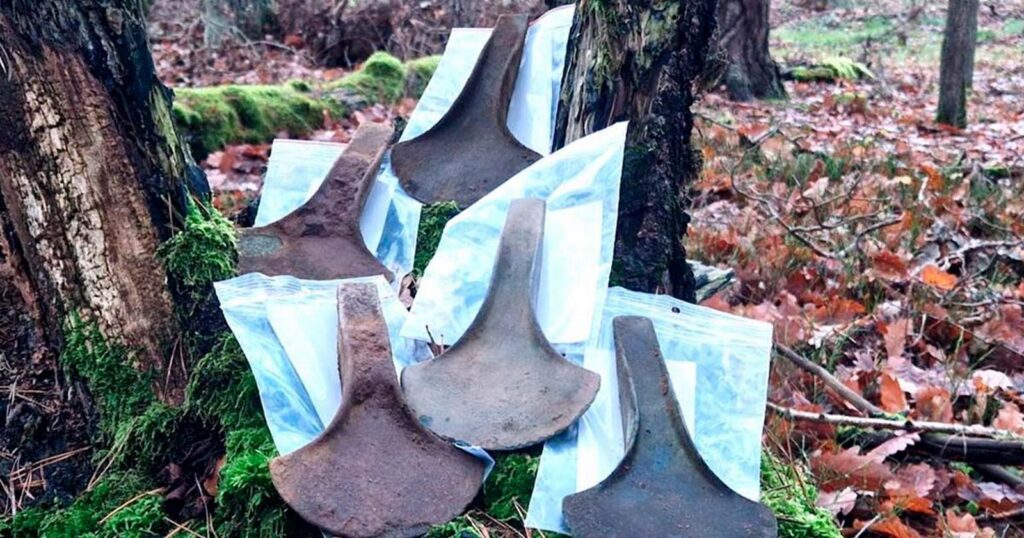
Significance of the Find
The discovery of Bronze Age axe heads in near-perfect condition is a rarity in the region. Igor Strzok, the Pomeranian Provincial Conservator of Monuments, emphasized the significance of the find, highlighting that similar discoveries have not been made for nearly two decades in the area. Unlike typical Bronze Age finds such as bracelets or breastplates, the unearthing of these axe heads adds a new dimension to the archaeological landscape of the region.
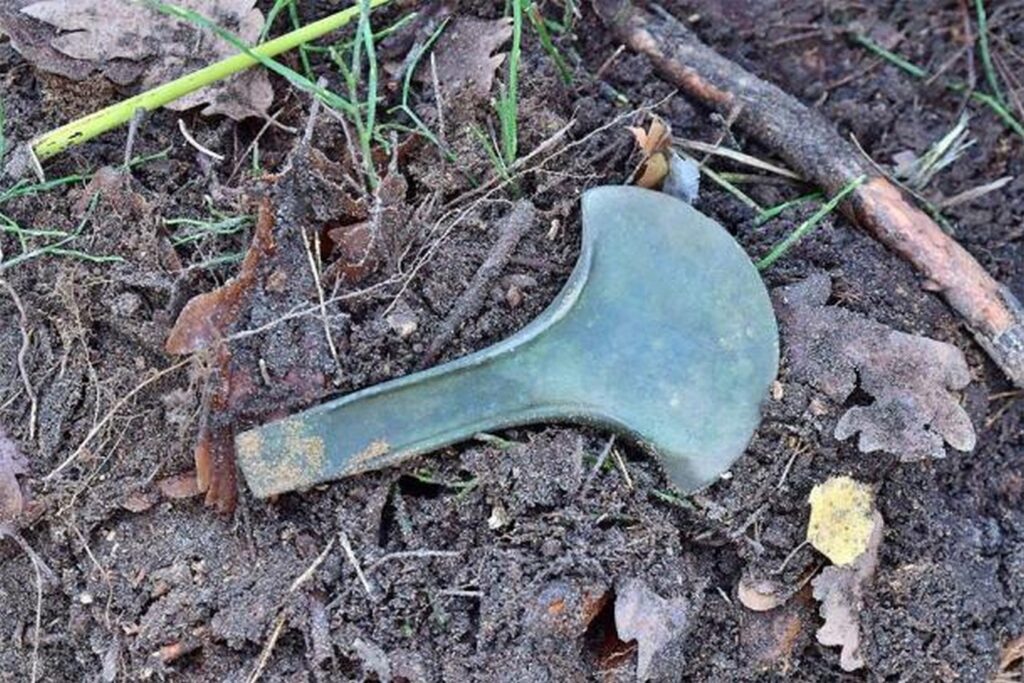
Unveiling the Axes
The axe heads, identified as the tautušiai type, named after a village in Lithuania where similar artifacts were first discovered, are characterized by their large size, slender handles with raised edges, and broad blades. Found buried in a shallow pit beneath turf and humus, the almost pristine condition of the axe heads has led experts to speculate about their purpose. Some suggest they may have been new blades hastily hidden or possibly part of a ritual offering.
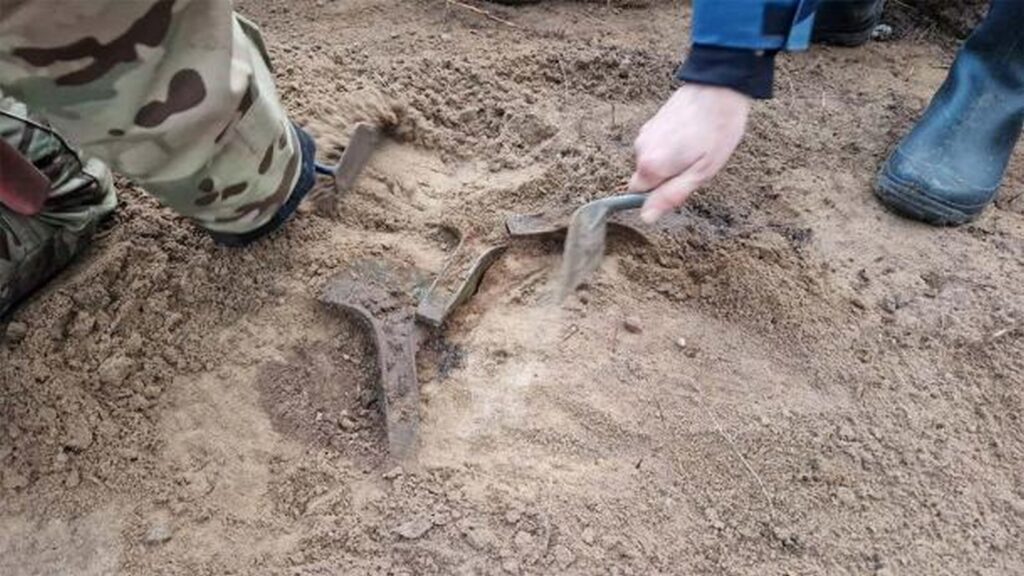
Preservation and Future Study
Following their discovery, the Bronze Age axe heads will be transferred to the Archaeological Museum in Gdańsk for further examination and study. Their almost perfect condition offers a unique opportunity for researchers to delve deeper into the history and significance of these ancient artifacts, shedding light on the lives and practices of Bronze Age communities in the region.


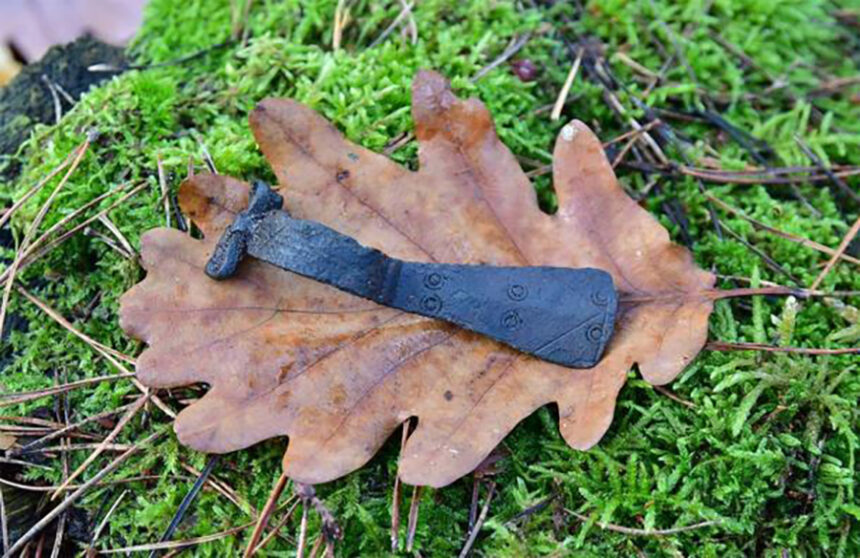
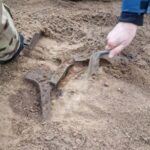

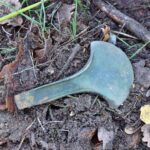
Leave a Reply